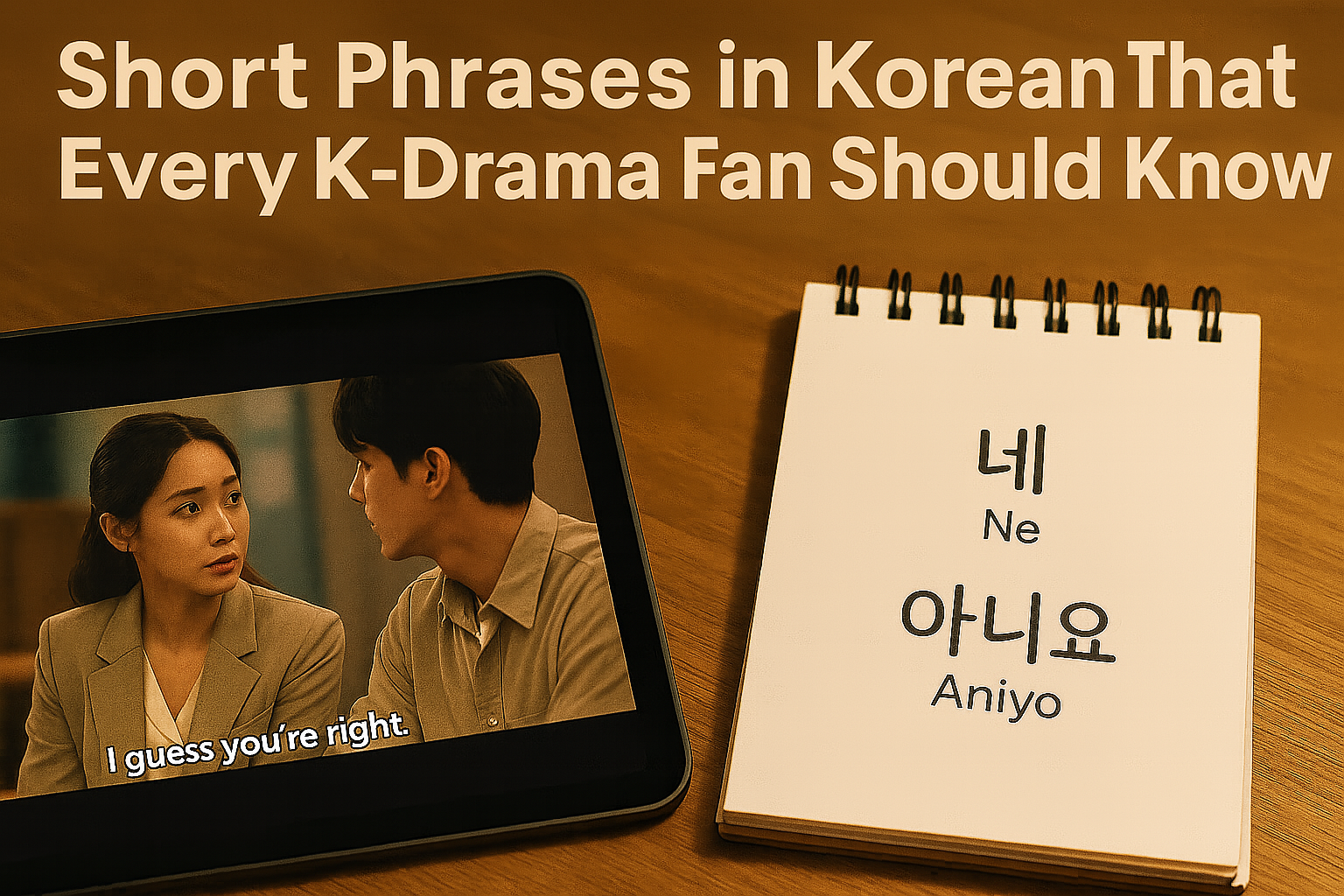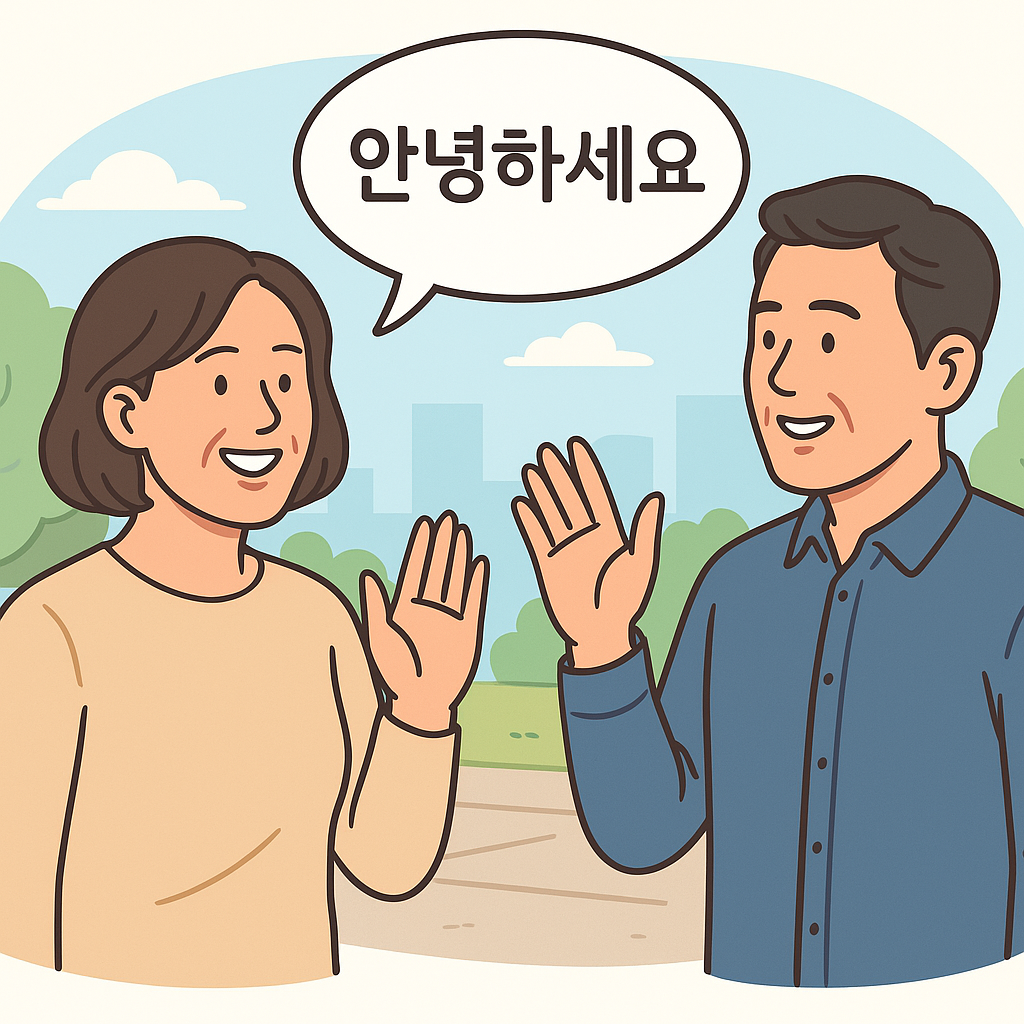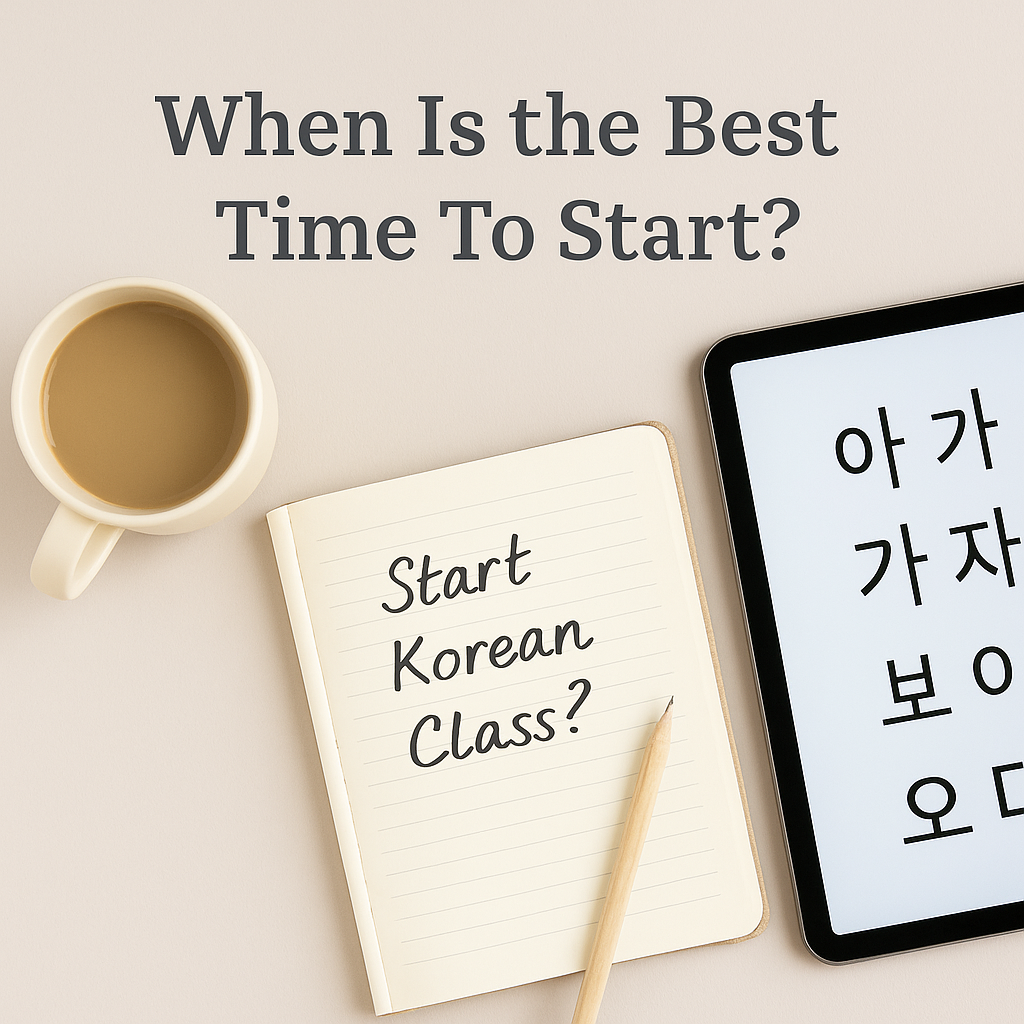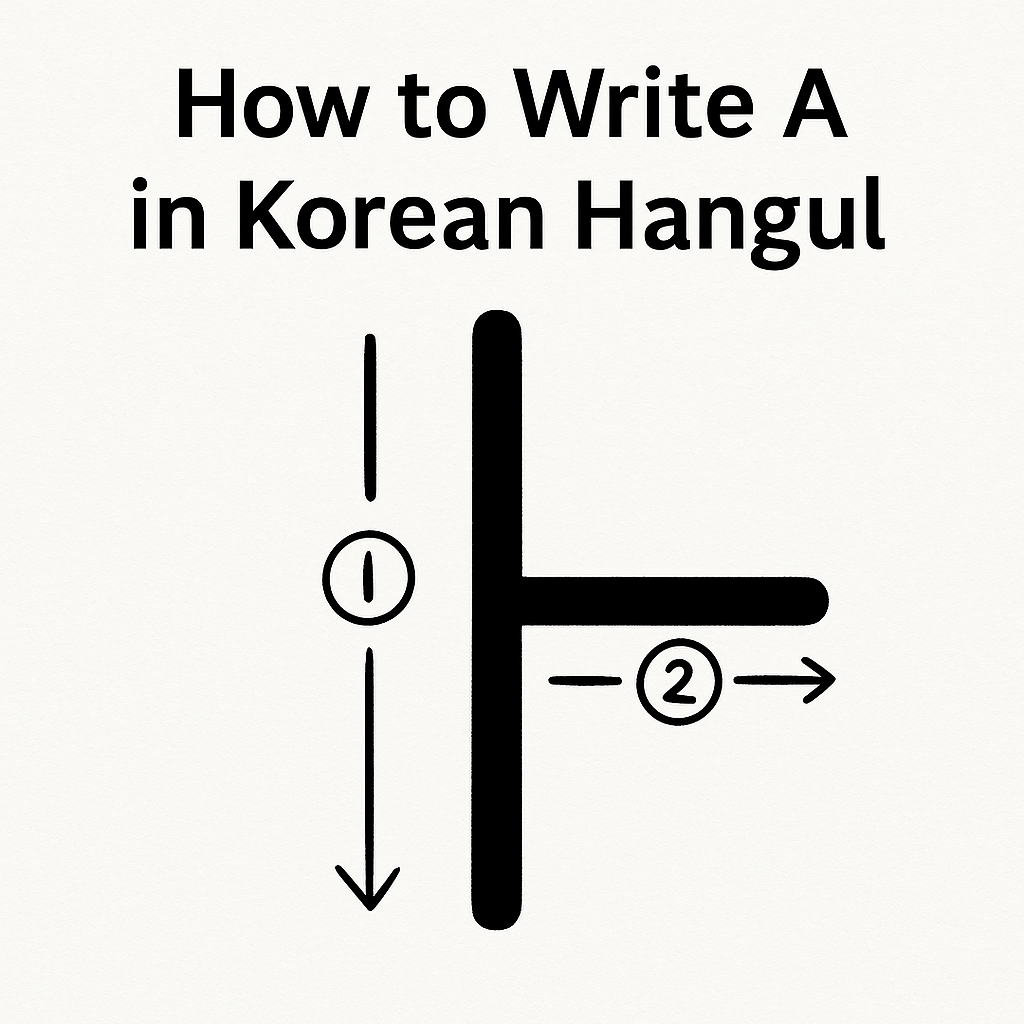If you’re looking for short phrases in Korean that you can start using right away, here’s ten every KDrama fan should know.
This list is perfect for beginners—especially if you love watching KDramas, and want to listen out for key phrases during your favorite shows.
We’ve pulled these from our flashcard series so you can hear them, speak them, and remember them easily. Most of these come straight from scenes you’ve probably watched already.
10 Short Phrases in Korean for Everyday Drama Moments
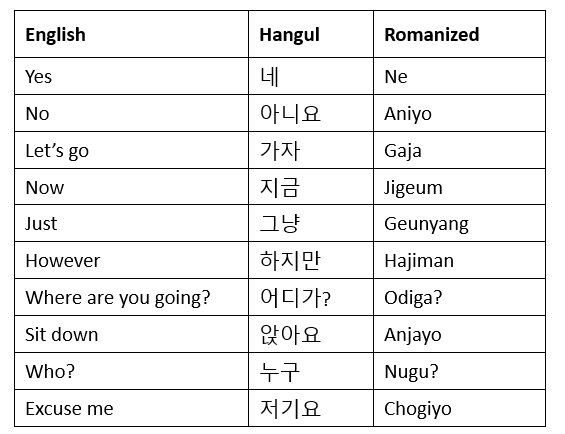
They’re are short enough to remember and powerful enough to recognize in almost every episode.
🎧 Want to practice them with flashcards and audio?
👉 Practice Set: Basic Expressions 1 (Quizlet)
With these cards and the list of ten KDrama words, there is no excuse not to start practicing the basics. Because even these words are enough to help improve your KDrama viewing experience. Some of our most passionate KDrama fans have even told us they start saying them (or shouting them at the screen) during the most intensive KDrama scenes – just like a true KDrama first lead.
Ready for More?
Of course, this is just the beginning. We’ve created a full list of 100+ K-Drama words and expressions, organized by category and matched with flashcards.
So if you’ve ever wanted to understand what they’re really saying in your favorite scenes, this is the easiest way to start.
🎯 Are You Over 50 or Struggling to Learn Korean?
If you’re over 50 or just finding Korean harder than you expected, you’re not alone.
We also offer free 1-on-1 strategy sessions for learners who want a clear, personal plan that actually works. Especially useful if traditional apps and videos haven’t helped.

